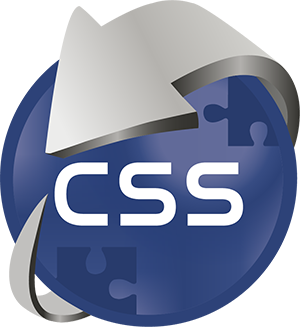Asset Management – The Breakdown. The important bits you need to know before getting started.
So, you’ve heard the term ‘asset management’ floating around everywhere and finally decided to investigate it for yourself. Here we will break it all down for you and get you up to speed with the world of asset management.
 First of all, what are assets and why do they need to be managed?
First of all, what are assets and why do they need to be managed?
Assets are the items your business needs to operate. From the desks and computers in your office to vans used to deliver goods and even the goods themselves. These are all assets and they are all vital so naturally, they need to be managed.
Managing assets is simply knowing the Who? What? Where? Why? and When? of each asset.
- Who has the item?
- What is the item?
- Where is the item?
- Why do they have it?
- And when are they returning it?
Within a small office environment, this checklist can remain quite simple. However, as larger more complicated business models enter the equation the checklist of questions can grow quite considerably. The more questions that are asked the harder it is to answer them all confidently and keep track of the responses. This is when an asset management solution needs to be seriously considered.
Here’s a few questions for you to consider:
Why do I need to manage my assets?
Your assets need managing because they are vital to your business and have value in more ways than one. Firstly, they have financial value and, secondly, they’re needed for business operation. If they break down it takes additional time and money to solve the problem which cuts into your working day. By managing your assets, you can provide them with monthly/annual checks and maintenance to help them last longer and save the business money.
When do I stop managing my assets?
You don’t. Managing your assets becomes a continual task that needs to be done until the item can no longer be used and then the cycle starts over again as it is replaced with a brand-new item.
 How do I manage my assets?
How do I manage my assets?
Managing assets can be done in several ways:
- Word of mouth/ Paper
- Spreadsheets/ Word Doc
- Database
- Asset Management Solution
Word of mouth obviously wouldn’t be advised as conversations could be interpreted incorrectly and can be like playing a game of Chinese whispers. Supporting paperwork is easily lost or misplaced.
A spreadsheet/word doc is potentially what you’re using right now. With selected columns, you’re easily able to plot out those basic questions and answer accordingly line by line for each asset. The larger your list grows the more difficult it becomes to control. If more than one member of the team has access to the spreadsheet it becomes susceptible to errors which may not be discovered until too late.
Heading over to databases, they are a little closer to where you want to be as it will be password protected with multiple users, but the underlying issue of being able to overwrite cells is still prevalent.
These methods of monitoring your assets can help you in the short term but as discussed are riddled with opportunities to mess up vital information. A top tier asset management solution is what you should aim to obtain. Every bit of information is collected, stored and time-stamped so no data disappears. It is also the most secure option by far. Each bit of information is tied to a user so if a mistake is found it can be traced back to ground zero.
What are ghost and zombie assets?
Ghost assets are those tricky items you know you have but cannot physically locate no matter how hard you look. These will be on your list of assets to manage but because they can’t be located, you’ll never have accurate information them.
Zombie assets are the opposite, they are the items that aren’t on your list but have somehow magically appeared out of the blue.
These types of assets can throw finances off as they’re difficult to account for.
Whose job is it to manage assets?
The job of managing assets is generally the task of an IT team, finance team or specifically an asset manager. At some point in the journey of your business your assets will need to be accounted for. By utilising a top tier asset management solution you’re able to get ahead of the game and hit the ground running when it comes to audits and compliance.

What do I do next?
With a cloud-based asset management solution, all the information your business will need will be at your fingertips. Pro-Cloud is a full lifecycle asset management solution that will help you manage all your vital assets and use them to their full potential. Our modular system is a solution that can grow with you as a company and your employees. Never miss an audit or fail compliance standards with weekly/monthly or even annual reminders set up in the system. Keep your assets under control with ease with Pro-Cloud.
For more information about the full Pro-Cloud asset management solution contact our Business Development team on 0800 652 0488 or email enquiries@csseurope.co.uk.

